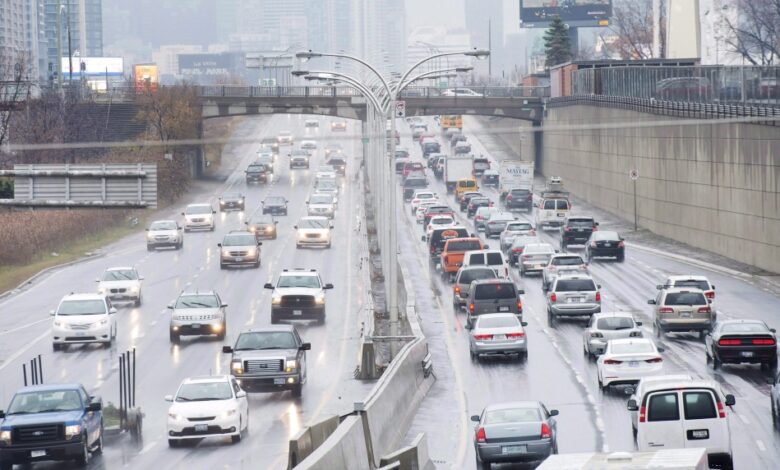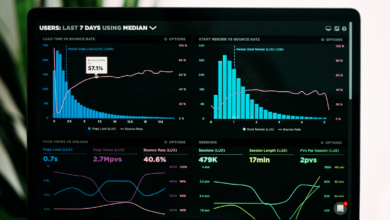Gardiner gridlock eroding commercial travel times: analysis

Commercial travel times on the Gardiner have increased a whopping 250 per cent during the morning rush hour since the latest round of expressway repairs began two months ago, new fleet tracking data reveal.
Oakville-based telematics giant Geotab Intelligent Transportations Systems harnessed artificial intelligence, along with GPS and on-board diagnostic technologies, to assess the impact of the Dufferin-to-Strachan construction on business productivity – and the hard data confirm the anecdotal tales of grievous gridlock caused by the latest lane restrictions.
“Certainly, there’s that massive slowdown there,” Mike Branch, Geotab’s Data and Analytics Vice-President, told CTV Toronto at the Oakville data centre.
“And we thought, you know what – let’s have a look at the data. Let’s discover it a little bit, see what we can find there.”
Comparing the travel times and patterns of 10,000 vehicles during the months leading up to, and after the construction began, Geotab revealed that commercial drivers are now spending 80 per cent more time driving per day on the Gardiner.
During the 7 a.m.-to-10 a.m. morning commute, travel times increased by up to 250 per cent on the westbound lanes, while during the afternoon rush hour travel times grew by up to 230 per cent. Average drive times were most impacted around 8 a.m.
(Handout / Geotab Intelligent Transportations Systems )
“It’s a huge drop from a productivity perspective,” Branch said. “We’ve got fleets doing last-mile delivery, right, service and repair. So you can think about – imagine the person sitting in the vehicle, spending that much more time on the road, what it does to them mentally, what it does the productivity of their work day.”
The 700-metre stretch of aging expressway is undergoing the second of six phases of rehabilitation work, as crews replace the elevated bridge and repair the supporting structures underneath. The resulting 30-per cent cut to lane capacity affects an estimated 200,000 vehicles a day, according to the City.
Geotab reports that the amount of commercial traffic travelling less than 25km per hour has doubled since the construction began, and that the top three alternate roads – Harbour St., Lakeshore Blvd., and Cherry St. – have seen an average traffic increase of 43 per cent.
The heightened travel times have also had a serious impact on emissions, causing an additional 1,200 kg of carbon dioxide a day – a 23 per cent increase, according to the data.
The lane restrictions were originally scheduled to be in place for three full years, lifted only during the FIFA World Cup tournament in 2026 – but in the wake of driver outcry, Toronto City Council voted in May to explore accelerating the construction schedule.
City staff have been directed to examine the feasibility of 24-7 repair work, among other strategies.
Branch, meanwhile, stresses that intelligent data can hold the key to solving Toronto’s congestion conundrum; City Hall simply needs to leverage the technology.
“We have access to this data at-scale, privacy-compliant, all aggregate, that we can help use to make some really intelligent decisions. So it’s management by measurement,” he said.
“We can use management by measurement to help keep Toronto moving.”



